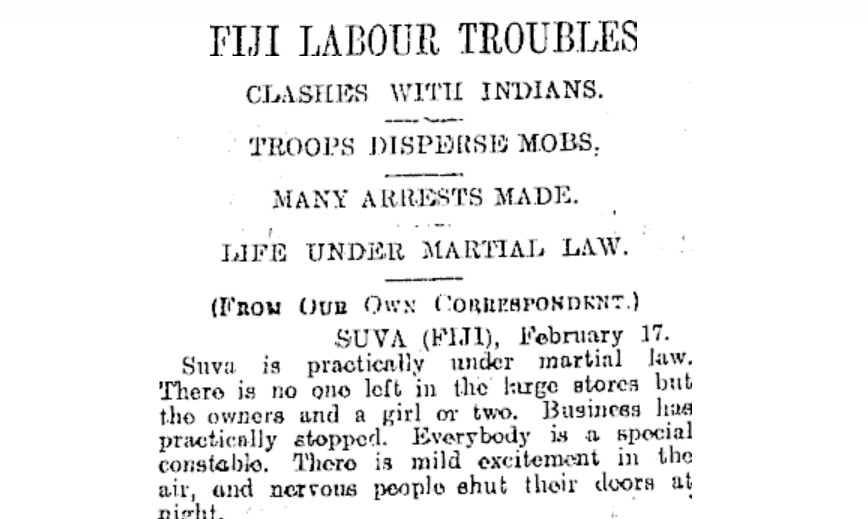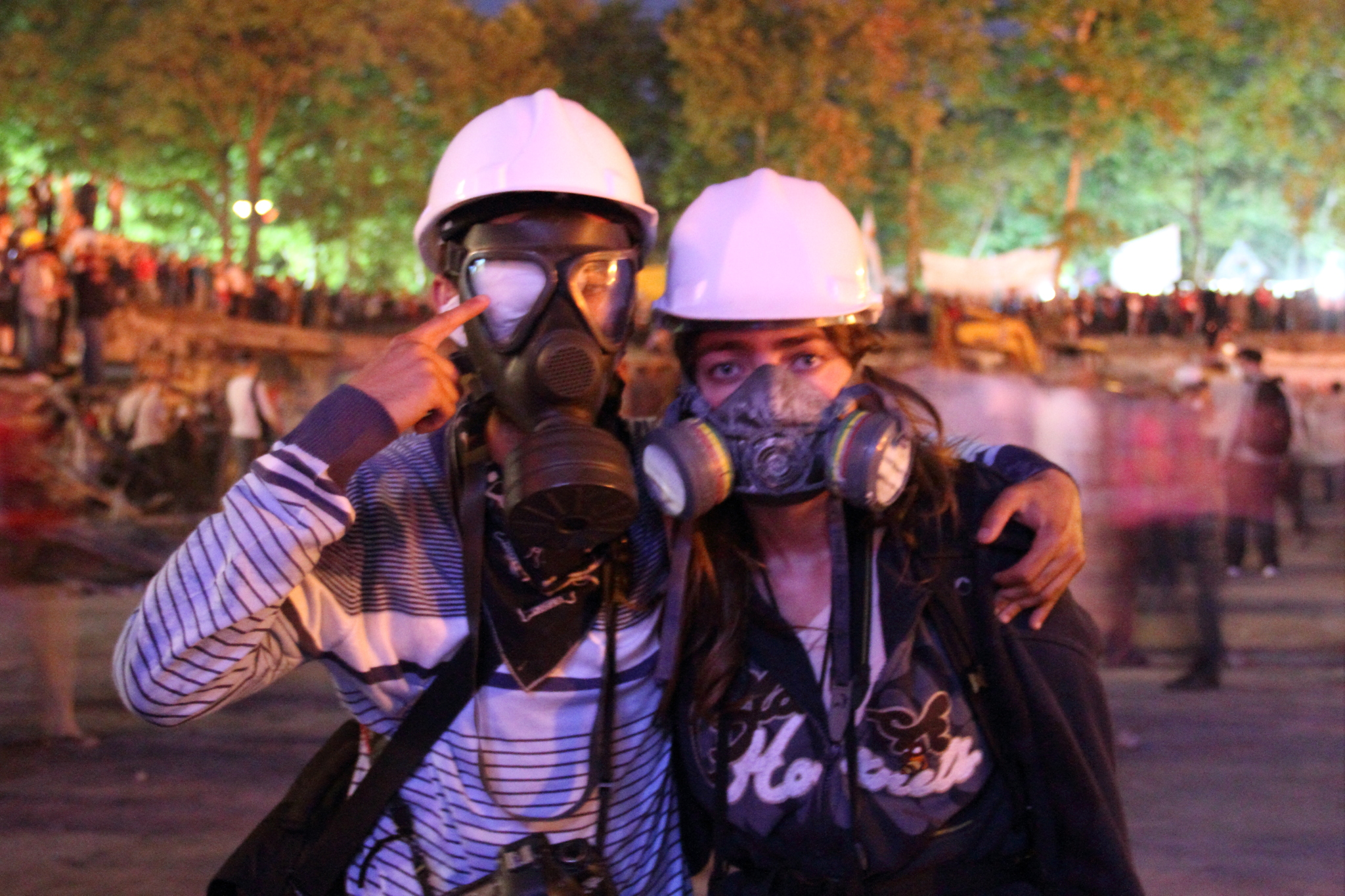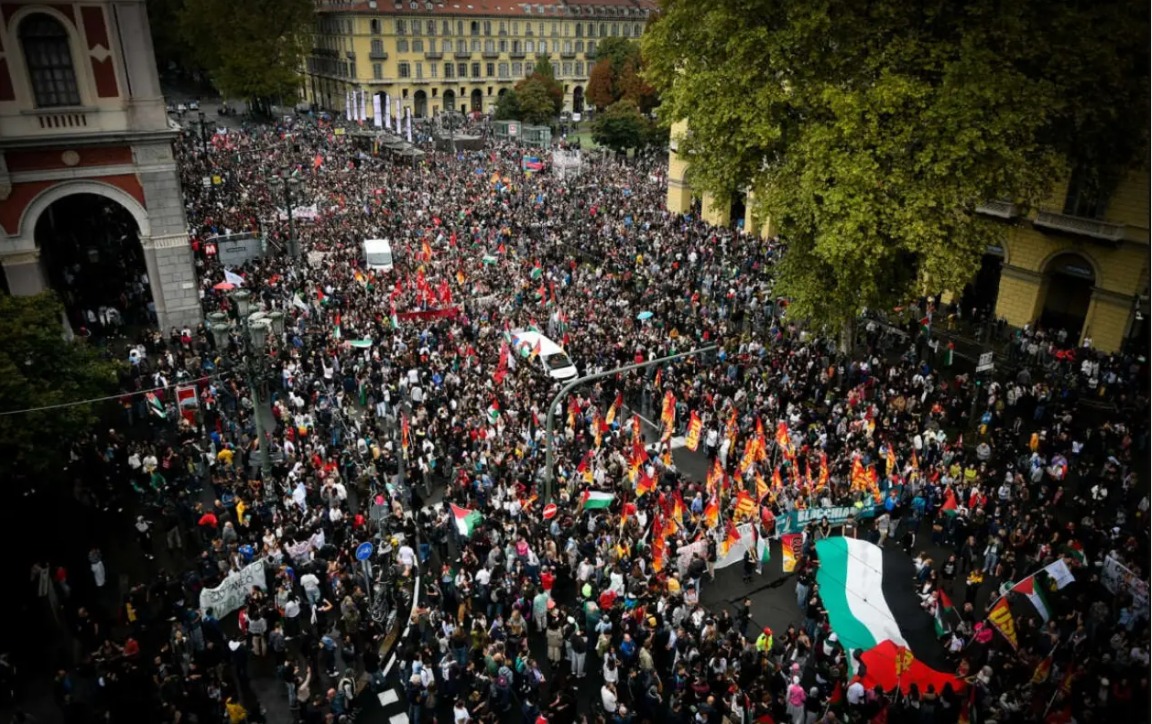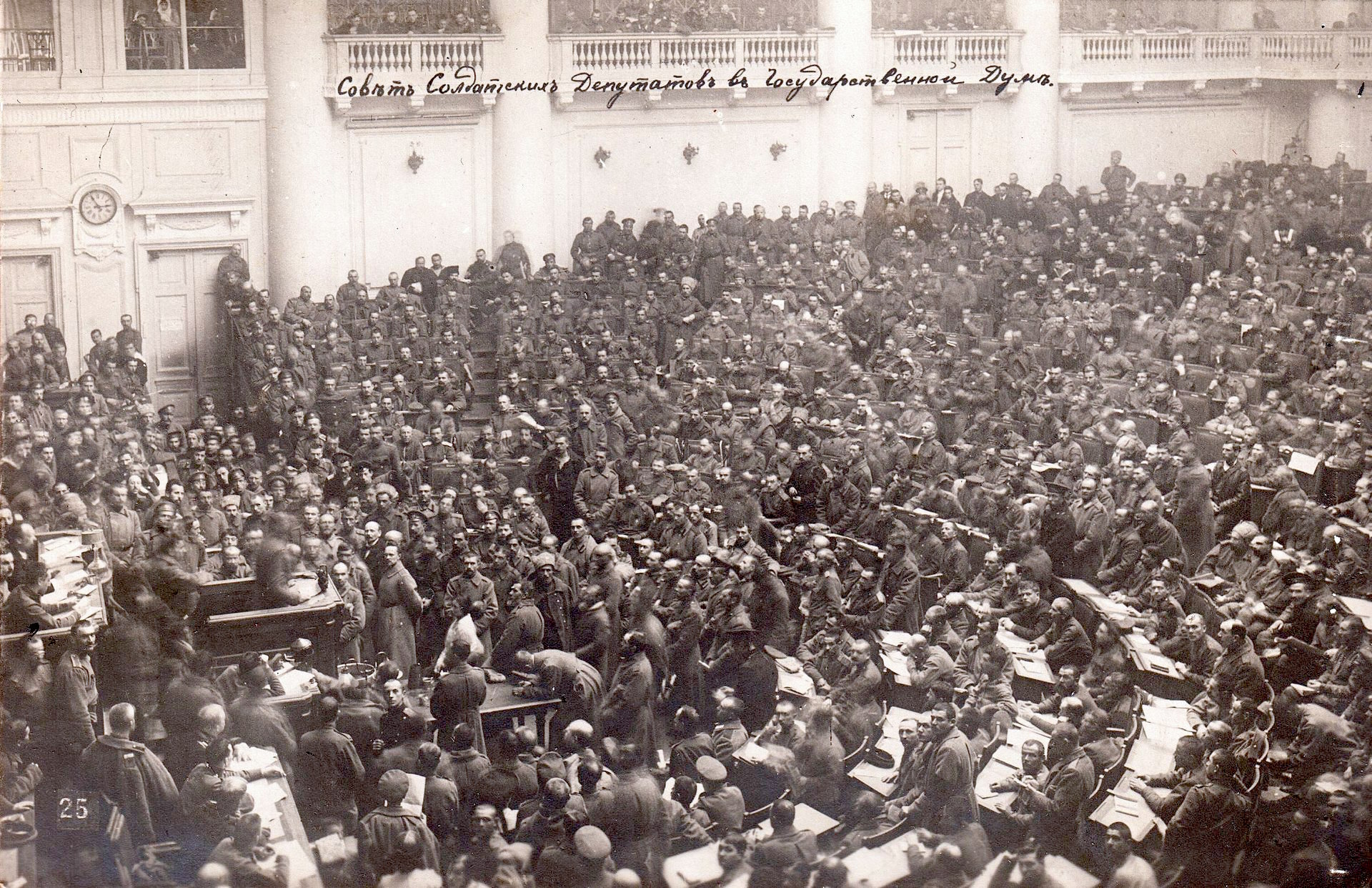A review of ‘Sylvia Pankhurst: Natural Born Rebel’ by Rachel Holmes, 2020, Bloomsbury Publishing
This biography of Sylvia Pankhurst (1882-1960) is told comprehensively and magnificently by Rachel Holmes. No other British person can match Sylvia Pankhurst’s record stretching over the first half of the twentieth century. Such was the length, intensity and variety of Sylvia Pankhurst’s activist life, it presents a difficulty for keeping a review to a reasonable length. Many aspects of Pankhurst’s political life are not covered, and the personal barely touched on. I strongly recommend this book to readers. All quotations, in italics, are from Holmes.
Part 1: From suffragist to revolutionary communism
Probably, a lot of people in New Zealand correctly associate the Pankhurst name with the struggle for women’s suffrage in the United Kingdom. Fewer can distinguish the individuals within the Pankhurst family, a family of a Manchester radical tradition that stood for women’s rights, anti-imperialism and republicanism. Sylvia Pankhurst’s mother Emmeline and sister Christabel became the leaders of the Women’s Social and Political Union, the most well-known organisation to campaign for women’s suffrage. Emmeline and Christabel went to the right to disassociate the WSPU from any alliance with socialists or the Labour Party. They became bourgeois feminists who on the outbreak of the First World War brought the struggle for voting rights to a close and turned jingo, touring the country making recruitment speeches for the war effort. The strongly anti-Bolshevik Emmeline joined the Conservative Party in the 1920s, was selected to be a Tory parliamentary candidate, but died in 1928 before the upcoming general election. Christabel became an evangelist for the Second Adventist movement in the USA.
Sylvia’s father, Richard, died quite young in 1898 when she was sixteen. A lawyer, Richard graduated from radical Liberalism to socialism and campaigned for the progressive causes of the day. He was the architect of the Married Women’s Property Act, an important reform. The other two members of the Pankhurst nuclear family were Sylvia’s sister Adela and her brother Harry. Adela immigrated to Australia where she became a founder member of the Communist Party, but ended up on the extreme right. Harry, a progressive for his brief life, died in 1910.
That leaves Sylvia, and let us skip directly to the women’s suffrage struggle. June 1908 was the highpoint for mass participation in the demand for votes for women. There were mass marches and rallies on 13th, 21st and 30th.
Sunday 21 June was a scorcher for the women’s movement. The WSPU arranged for thirty 30 special trains to run from seventy different towns to bring contingents of women to the capital. On the day, each district of London was systematically organized and marchers processed from each of their branches … . Sylvia’s own Chelsea, Fulham and Wandsworth section numbered 7,000 … . Thirty thousand marchers converged on Hyde Park, joined by a crowd that press and police estimates put at anything between 250,000 and 500,000.
Christabel dispatched a special messenger to Asquith asking what action the government intended to take in response to the demand expressed at Hyde Park. ‘Nothing,’ was the Prime minister’s curt reply. The WSPU immediately called a public meeting outside Westminster Palace for the end of the month. When the protesters arrived at Parliament Square they found themselves barred from entry by fifty mounted police and 5,000 more on foot. Sylvia was at the heart of the crowd that rushed forward trying to break the police phalanx and gain access to the House of Commons. Roughs from organized gangs stepped in and confronted them, battering, assaulting and dragging them away. Scotland Yard had hired the gangs from among its informants, it was afterwards revealed…
In February 1910 there was a general election. During the campaign the incumbent Liberal Prime Minister Asquith promised to introduce a Conciliation Bill to allow a limited women’s franchise that would exclude ‘women lodgers, most wives and all working-class women.’ Emmeline, the dictatorial chief of the WSPU, agreed that they would join the campaign for the Conciliation Bill and suspended the militant campaign pending the outcome.
Sylvia opposed the draft legislation, regarding it far too narrow and unjust in its focus on property and marriage qualifications, The Conciliation Bill, passed into law, would merely enfranchise a limited number of middle-class and upper-class women. Wealth-based parliamentary representation, in her view, did not meet the minimum requirements of participatory democracy.
In July 1910 parliament passed the first reading of the Conciliation Bill, then adjourned until November when Asquith made it clear that the Bill would be shelved. Holmes portrays how far the Liberal government was prepared go to combat the women’ suffrage campaign.
In response to the demise of the Conciliation Bill into the long grass, the Women’s Parliament marched in a deputation of 300 to Westminster on Friday 18 November, Sylvia and her aunt Mary among them. The demonstration was met with a six-hour complete onslaught by the police, which Sylvia described as exhibiting unprecedented levels of state-sanctioned brutality. A policeman struck her in the chest with his truncheon, seized her by the arms and threw her on to the pavement. Women were dragged down side streets, beaten up, sexually assaulted and raped…
Women’s faces were punched, their breasts stripped and twisted, nipples pinched and pulled, thumbs broken, throats gripped, faces bashed against railings and ribs broken. Police shoved Rosa May Billingshurst, a disabled suffragette who campaigned from a wheelchair, into a side road, assaulted her and stole the valves from the wheels, leaving her stranded. Numerous women were forced by police to tie their skirts over their heads when taken under arrest. Brailsford’s report was detailed and robust in its documenting of disproportionate and unacceptable violence against the protesting women. Moreover, it made explicit the sexualised nature of the brutality.
Emmeline Pankhurst announced a new tactic of hitting at property; the idea being to get away before the police showed up.
On Friday 1 March [1912], Emmeline, Mabel ‘Pansy’ Tuke and Kitty Marshall drove in what appeared to be a taxi to 10 Downing Street and smashed two of the Prime Minister’s windows. They were arrested immediately. An hour later, at timed intervals of fifteen minutes, units of well-dressed women with hammers hidden in their elegant muffs smashed the plate-glass windows of shops and department stores in London’s fashionable West End, followed by another wave two hours later. There were 121 arrests that day for breaking around 400 shop windows and causing an estimated £5,000 of damage.
Under Emmeline’s and Christabel’s leadership the WSPU moved away from its leftwing origins to separatist feminism, even though a working-class third of men did not have the vote and constituted an obvious ally. Sylvia, on the other hand, was a committed socialist and Labour Party member (in bed, literally, with her great friend, Labour leader Keir Hardie.) She believed in working to get greater masses to join the struggle rather than window smashing by a well-to-do committed few.
Tensions grew within the WSPU in 1912 over its lack of democracy, distance from the Labour Party, exclusion of the vote for working-class women, and separatism. Christabel Pankhurst published a pamphlet titled ‘The Great Scourge’.
The pamphlet shocked Sylvia deeply, as did the morally puritanical register of Christabel’s new and unworkable ‘Votes for Women and Chastity for Men’ slogan. In her pamphlet, Christabel claimed that 80 per cent of all Englishmen of all classes carried venereal disease and were hell-bent on the deliberate infection of Englishwomen. She took the feminist argument away from the justice of natural rights towards moral hysteria.
Sylvia came under attack from her mother and sister for ‘speaking at socialist meetings and for inviting men to speak on suffragette platforms.’ From the end of 1912 Sylvia’s base of operations, and new home, was London’s working-class East End. She and her friends formed an East End branch of the WSPU, which, on expulsion became the East London Federation of Suffragettes.
Alongside the rest of their WSPU sisters, they heckled, held public debates, demos and mass marches, hunger struck when imprisoned and were force-fed. Where they differed was on their insistence that this vote must include working women. But there were fundamental divergences with the WSPU. Their structure was democratic, with all officers elected. Men were warmly welcomed and actively encouraged to join. Officer roles and leadership were reserved for women, but men could participate at every other level of organisation and support. Contrary to WSPU policy, the East London suffragettes would not attack the Labour Party but work with it. … .
Between 1912 and 1914 Sylvia was mostly speaking and protesting on the streets, organising, or in Holloway [prison]…. During this high point of the militant campaign, suffragettes set stately homes ablaze, ripped up railway upholstery, destroyed golf courses to make them unplayable, slashed great masterpieces in art galleries, smashed the orchid house at Kew Gardens and trampled its plants. Great-grandmothers applied for gun licences and cut telephone wires. Women chained themselves to railings; police and gangs attacked them in public. The media showed photographs of protesting women dragged by the hair through the streets of British cities. Women were arrested and force-fed in their thousands.
I thoroughly recommend this book for an account of the suffragettes’ struggle, Sylvia’s brutal experiences of imprisonments and forced-feeding, and her forming the People’s Army to resist police brutality.
Within days of the British declaration of war with Germany, Emmeline Pankhurst negotiated a truce with the government. From the beginning Sylvia Pankhurst was anti-war.
In March 1916 the East London Federation of Suffragettes became the Workers’ Suffrage Federation. In July 1917 their newspaper, the Women’s Dreadnought, became the Workers’ Dreadnought. A year later, the organization was once again renamed, becoming the Workers’ Socialist Federation, operational until 1921. … . The name changes signpost Sylvia’s wartime evolution and the development of the ELFS from an East End socialist suffragette campaign group to a national federation for revolutionary socialist transformation led by a woman who was now recognized as Britain’s leading left-wing feminist, anti-war agitator.
Sylvia’s political work during the war was varied. In the Women’s Dreadnought she took up the question of women’s sex lives being policed by the state. She exposed the actions of the special ‘sex’ constables who snooped on the wives of soldiers and sailors, but not officers, on active service. If women were found to be ‘badly behaved’ they would lose their separation allowance paid by the government that prevented destitution. In response to growing poverty, the ELFS opened a Cost Price Restaurant which served full meals for a penny. Sylvia took up the cause of South Wales miners on strike in defiance of the law. However, Sylvia’s most important work was her tireless opposition to the war itself, speaking at meetings up and down the country. In April 1916, the Workers’ Suffrage Federation was able to lead a sizable anti-war demonstration in London, which was also supported by the ILP, the British Socialist Party and trades councils now come round from support for the war.
In the Dreadnought, Sylvia had a means to reach an audience. In December 1914 the newspaper published Karl Liebnecht’s statement against the war. Holmes says in 1916, ‘In the context of the government’s news blackout on the Easter Rising, the Woman’s Dreadnought swiftly became an important source of reliable and up-to-date information.’ Sylvia had links with James Connolly and the Irish republican movement going back years.
By 1917 the Workers’ Suffrage Federation had thirty branches, mainly in industrial areas. Sylvia enthusiastically welcomed the March and November revolutions in Russia and the soviet form of government. She took a leading part in establishing the defence of the Bolshevik Revolution. At its 1919 conference, the Workers Socialist Federation decided to affiliate to the recently-founded Communist International and to disaffiliate from the Labour Party. The WSF looked to establishing a Communist Party, pending unity negotiations with three other organisations: the British Socialist Party (BSP), the Socialist Labour Party (SLP) and the South Wales Socialist Society.’
The process of regroupment of Britain’s socialists to found a communist party in Britain was botched by Lenin and Communist International emissaries. At first, the new Communist International looked to the unquestionably revolutionary SLP and WSF. Sylvia Pankhurst was well known to the international communist movement. In 1919 Sylvia had attended the pro-Comintern Italian Socialist Party conference and then illegally crossed Swiss borders on foot to meet Clara Zetkin and the Comintern’s western office in Frankfurt. However, the Comintern came to see the only recently reformist BSP as the organisation around which the British communist party would be constructed, while the much smaller SLP and WSF were alienated, and Scotland’s best socialist propagandist, John Maclean, frozen out too.
In May 1920 Lenin wrote ‘“Left-Wing” Communism: an Infantile Disorder’. The insultingly-titled pamphlet was aimed at an international current that wished to emulate the Bolshevik’s revolution, but, due to inexperience, was ultra-left. This current was against participation in bourgeois parliaments, and Sylvia and her WSF comrades were part of it.
Sylvia Pankhurst travelled clandestinely to Moscow to attend the Second Congress of the Comintern held in July 1920. At this time the four British groups had still failed to unite. The WSF was at least partially responsible for discord by foolishly declaring itself to be the Communist Party (British Section of the Third International), much to the annoyance of the other groups. Sylvia and Lenin debated parliamentary work and the Labour Party at the Congress and also outside the proceedings. There was no meeting of minds, but agreement to unite the British organisations was secured. The WSF/CP(BSTI) joined the unified Communist Party of Great Britain at a January 1921 Unity Convention, although there was considerable opposition within Sylvia’s organisation to this step. By that time Sylvia was in prison yet again, serving a six-month solitary confinement sentence for seditious articles in the Workers’ Dreadnought. From her cell Sylvia recommended that ‘the CP(BSTI) enter the CPGB as an opposition group determined to win the party over to left-wing policies.’
The Worker’s Dreadnought was a vehicle for propounding opposition with the party, but before long the leadership of the CPGB demanded that Sylvia hand over the paper to the Party. She refused and was later expelled in 1921.
Lenin was correct about working in the trade unions and utilising parliamentary democracy, but he was wrong about the possibilities of working within the Labour Party, as was shown later when the CP applied and was refused admittance. Where Lenin was most wrong was in not recognising that the reformist background of the British Socialist Party was a greater problem than ultra-leftism. There was no need for the Comintern to favour the BSP and disparage the left-wingers, whose ultra-leftism could be overcome in due course. Had the Russian leadership of the Comintern handled the British situation with greater knowledge and sensitivity, it is likely that Sylvia Pankhurst would have been integrated into the leadership of the British party, and would have become a force for resisting Stalinisation. Instead, she was practically driven into the arms of the international grouping of the ultra-lefts which she endorsed in place of the Third International.
Part 2: Anti-fascist and anti-imperialist
The Workers’ Dreadnought was kept going until 1924, but by then Pankhurst had abandoned the perspective of reforming the communist party or building a new one. It is a pity that she did not stay in the communist movement, join the Trotskyist International Left Opposition and contribute to keeping authentic Marxism alive during the dark days of Stalinism. Instead though, for the rest of her days Pankhurst, as free agent, took up the causes of anti-fascism, anti-imperialism, and, in particular, the defence of Ethiopia.
Pankhurst was highly attuned to events in fascist Italy because her partner Silvio Corio was an Italian anarchist. Like Clara Zetkin, Pankhurst understood the nature and danger of fascism at an early stage. In 1923 Zetkin produced a brilliant report on fascism for the Communist International, but a year later it dropped her analysis and drifted from the united front tactics required. No longer in the communist or organised labour movement, Pankhurst’s activities were as an individual, as a journalist, publicist, speaker and letter writer.
Throughout the 1920s and 1930s she urged British politicians and opinion formers to reconsider their support for Mussolini and to question their mistaken belief in the potential effectiveness of appeasement. She constantly urged her local MP Winston Churchill to direct his attention to the danger of what was happening in Italy rather than focusing only on Germany. Those elements within the British social elites who offered enthusiastic support for Mussolini included politicians, like Churchill, the centre ‘moderate’ and right-wing press, such as the Observer – whose stated editorial policy was to support Mussolini’s continuation in power – and avowedly socialist pundits like her old sparring partner Shaw. Sylvia was relentless. ‘Miss Pankhurst only wants to be tiresome,’ wrote a harassed Foreign Office official obliged to deal with another of her unstoppable flow of letters.
Clearly this was a different, but no less sincere, Sylvia Pankhurst diverting her energies futilely towards influencing the bourgeoisie rather than organising amongst the working class. She moved to reformism. She admired Carlo Rosselli, who escaped from captivity in Italy, fought in the Spanish Civil War and was murdered on orders from Rome.
Sylvia’s admiration of Rosselli, known for his non-Marxist ‘liberal socialism’, is indicative of the direction of her thinking at this time. The British Labour Party and radical movements had greatly influenced Rosselli’s theory of reformist liberal socialism. Sylvia read his book Socialisme Libéral, published in 1930, which contained a passionate critique of classical Marxism in favour of democratic socialist revisionism synthesizing Italian and British political thinking and practice.
Pankhurst accepted a flow of invitations from the Labour Party to speak on the menace of fascism for women. Sylvia devoted a section of her ‘Fascism as It Is’ series in New Times to ‘Women under the Nazis’. Documenting in detail the exclusion of women from all employment by public bodies, government departments, local councils, hospitals, charities and – as far as possible – even schools, Sylvia pointed out that among the women eliminated ‘are the very people who, since the Revolution of 1918, have actually created government departments dealing with infants’ welfare and the education of girls and women’. She warned against the reaction now turning back the clock in Germany on hard-fought-for feminist advances.
Pankhurst’s activities were not limited to speaking and writing; she and Corio undertook practical solidarity activity. For example, she founded the Women’s International Matteotti Committee which campaigned for Italian political prisoners. In 1933 Pankhurst and Corio organised an International Day of Protest ‘in support of victims of Italian fascism.’
The Italian fascist regime had designs for imperialist conquest in Africa. In October 1935 Italy invaded Ethiopia with overwhelming military superiority. Emperor Haile Selassie personally led stiff resistance against the odds. It took until May 1936 for Italian forces to enter Addis Ababa. Haile Selassie symbolised resistance to European colonialism. While the great powers and the League of Nations (forerunner of the UN) did nothing but impose some paltry sanctions against Italy’s aggression, in reality supporting Italy. However, there was massive support world-wide for Ethiopia. Blacks in the US, South Africans and West Africans volunteered to go to Ethiopia to fight, but were prevented from doing so.
Pankhurst’s letter writing went into overdrive. She pilloried the inaction of the British government in letters to ‘the Manchester Guardian, The Times, Daily Telegraph, Daily Herald, Daily Express, News Chronicle and numerous local, provincial and international papers.’ On the day Addis Ababa was occupied the first issue of Pankhurst’s new venture, New Times and Ethiopia News, went to print. The first issue spelt out the paper’s position.
The cause of Ethiopia cannot be separated from the cause of international justice … We shall set ourselves resolutely to combat fascist propaganda [and], to secure the continuance and strengthening of sanctions … We shall strive to induce measures by the League to resist the fascist usurpation, and to aid and defend Ethiopia, and will persistently urge that Britain take the responsibility of initiating an active League policy … We shall urge that Britain shall herself individually give aid to Ethiopia.
Pankhurst’s campaigning for effective sanctions on Italy contributed to pro-Ethiopia public opinion in Britain. She reported receiving daily bags of letters from women ‘thanking me for my repeated protests against the inaction of the League … and of the British Government in face of Italy’s breach of the covenant and diabolical attack on a Member State of the League.’
In October 1936 Pankhurst took part in the Battle of Cable Street, a successful mass action that prevented the fascist Blackshirts from marching through the heart of London’s Jewish East End. It was a turning point that set back fascism in Britain. Shortly after, Pankhurst spoke at a rally in the East End and was hit by one the missiles thrown by fascist thugs. From 1936 to the outbreak of the Second World War she wrote a weekly editorial for New Times and Ethiopia News and wrote weekly instalments of her serials ‘Fascism As It Is’ and ‘How Hitler Rose to Power’.
Pankhurst devoted herself mainly to Ethiopia’s cause for the rest of her life. In London she interviewed the exiled Haile Selassie. At their first meeting she informed him that she was a republican and supported him because Ethiopia’s cause was just, and not because he was an emperor. Pankhurst was criticised for supporting a monarchy, but the issue for her was the principle of the right of self-determination for African countries. Only Liberia and Ethiopia had not been seized by the imperialist nations in the ‘Scramble for Africa’. She was absolutely correct to support Ethiopia against European imperialism. Only later did she become too close to the Ethiopian regime.
New Times and Ethiopian News was remarkably successful. Its circulation reached over 10,000 with subscriptions and being sold by volunteers at events. It was translated into other languages and on other continents. The paper reported news that other agencies ignored. Pankhurst and co-editor Corio constantly got under the skin of the British and Italian imperialists.
The biased pro-Italian, anti-African coverage of the Ethiopian crisis by the BBC became increasingly a matter of concern for anti-fascists in Britain generally and a particular target of Sylvia’s relentless criticism. The Foreign Office fulminated against Miss Pankhurst’s publication of photographs documenting war crimes in the New Times and her steady output of pamphlets and leaflets. Italian diplomats complained constantly especially about the New Times propaganda distributed in Italy and among the invading forces.
Just weeks after Pankhurst and Corio launched their newspaper civil war broke out in Spain. The fascist military revolt was brazenly supported by fascist Italy and Germany, and covertly by the French and British ‘democracies’ that hid behind the fiction of an international Non-Intervention Pact to deny arms purchases by the Spanish government. Spain and Ethiopia were immediately the twin causes for New Times. Anti-fascism and anti-colonialism were inseparable. Pankhurst was a fierce critic of the British policy of appeasement of Hitler and Mussolini. No pacifist, she argued for war against fascism.
After the 1939 declarations of war Pankhurst campaigned for the British government’s support for an independent Ethiopian state as a war aim. The British imperialists were reluctant to recognise an independent African nation and dragged their feet. The British government repeated that Britain had no territorial ambitions in Ethiopia, but Pankhurst remained suspicious, rightly so. In May 1941 Addis Ababa was liberated by Ethiopian and British forces. By September there was still no independent Ethiopian government. Pankhurst sounded the alarm in New Times, explaining that no independent government was permitted and the British were taking charge of the police, military and the Ethiopian courts. In January 1942 Haile Selassie was pressured by the British to sign an Anglo-Ethiopian agreement that placed Ethiopian government under British supervision and vast areas under British occupation. In 1944 a second agreement allowed Britain to occupy a third of Ethiopian territory. Pankhurst organised conferences on Ethiopia and kept up her journalistic output to put the scheming British government under the pressure of public opinion throughout the Second World War.
After the War a Labour government came to power in Britain. That did not change British imperial policy. Foreign secretary Ernest Bevin adopted a plan for the annexation of the Ogaden region and the creation of a ‘Greater Somalia’ at Ethiopia’s expense.
Sylvia addressed ‘An Open Letter to Mr Bevin’, with the headline ‘HANDS OFF ETHIOPIA!’, and got to work organising public meetings and petitions rallying Ethiopia’s supporters.
The struggle for Ethiopian rights continued. In 1949 the Italian government launched a campaign for the return of its former colonies. Italy seemed set to grab back Eritrea, which had been part of the Ethiopian Empire, giving it its only access to the sea. Sylvia organised a poster parade from Fleet Street to Westminster and a letter campaign to the press. In 1950 the UN General Assembly decided that Eritrea should be federated with Ethiopia under the Ethiopian emperor. Holmes says that Pankhurst was credited with this outcome by supporters and detractors. The last occupied region of pre-war Ethiopia was not ceded by Britain until 1955.
In 1944 and into 1945 Pankhurst was a guest of Haile Selassie in Ethiopia. Did she become too close to the emperor? Holmes says this.
Contradicting her lifelong republican conviction, Sylvia offered no robust criticism of the extremities of luxury at the imperial palace when she visited it. As one historian remarks, ‘Unlike other correspondents, she found nothing absurd in the rich ceremonial, the tremendous flunkydom, which surrounded the tiny figure of Haile Selassie.’ Perhaps the altitude had got to her, but she clearly succumbed to the aesthetic overload of pomp and circumstance.
Furthermore, after her return from Addis Ababa, Pankhurst was an advocate of the inclusion in Ethiopia of Eritrea, Italian Somaliland, and British and French Somalia, which she saw as a natural geographic and political unit. She made this case in a booklet The Ethiopian People: Their Rights and Progress, published in 1946. The issue was not straightforwardly a case of Ethiopian imperial aggrandisement given that at this time the European imperialist powers were scheming for dismemberment of Ethiopia in favour of their own African empires, as Pankhurst constantly exposed. In 1953 she and her son Richard Pankhurst published Ethiopia and Eritrea: The Last Phase of the Reunion Struggle, 1941-1952.
In 1954 Silvio Corio died and Pankhurst had had a heart attack. In 1955 she completed her book Ethiopia: A Cultural History, dedicated to Haile Selassie. In 1956 Pankhurst put an end to New Times and Ethiopia News and moved to Ethiopia permanently with her son Richard. This did not mean an end to her activity, however. She launched a monthly, Ethiopia Observer, published simultaneously in London and Addis Ababa. She kept up her journalistic output to the end in 1960. Her focus was not only Ethiopia, but the liberation of the whole continent from imperialism.
As a teenager, Pankhurst had heard Eleanor Marx speak. She knew many socialist personalities from around the world. She knew many African liberation leaders. She corresponded with the American W E B Du Bois, the founder of the National Association for the Advancement of Coloured People. Sylvia Pankhurst led an extraordinary rebel life. She can be criticised for retreating from revolutionary socialism to reformism, and for her admiration for Haile Selassie, but taking Pankhurst’s activist life as a whole, the balance tilts strongly to an enormous contribution to the cause of human liberation for which she should be honoured.









